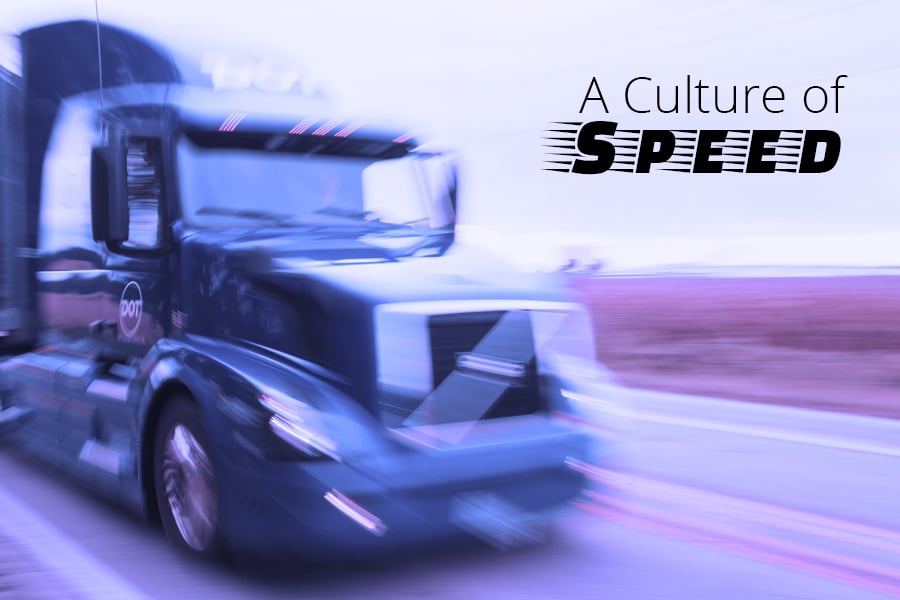From the first NASCAR race on the sands of Daytona in 1948 to the many drag races on the streets of the United States, it has always been known that we as a country love speed.
Our nation, for many years, has been known for our fast-paced society. The muscle cars of the 1950s and later are still popular. The fastest street car today is the Ferrari 599 GTO with a speedometer setting of 224 mph. The average car speedometer registers between 140 and 160 although most will not exceed 110.
The Speeding Norm
As exhilarating as speed is, it is responsible for approximately one-third of traffic fatalities. It has been established that a 50 percent increase of speed from 40 mph to 60 mph intensifies the energy given off by a vehicle by 125 percent. Vehicles are not manufactured to handle that much force.
The Governors Highway Safety Association report on speeding has identified four categories of speeders:
- The Deliberate Speeders: Aggressive and risky speeding is a norm
- Typical Speeders: Speeding is a part of their driving habits
- Situational Speeders: Speeding occurs in specific situations, such as speeding up before a speed limit increase occurs.
- Unintentional Speeders: These are usually older drivers.
All of these different kinds of drivers bring a different level of risk to the road.
It was also reported that drivers assume they can travel 10-15 miles over the speed limit before they are pulled over. Speed limits have lost the concept of “limit.” Speeding remains an accepted behavior that is reinforced by motorists, law enforcement, and legislators.
Speeding and Trucking
In the trucking industry, speeding is the highest predictive metric for having a severe accident. We continue to hear about drivers becoming frustrated because another driver would travel only 5 miles per hour over the limit. The goal, for some, seems to be to get between two points as quickly as they can—regardless of their speed limit and other safety concerns.
There are a variety of factors that play into speed’s role in unsafe driving situations—included fatalities. Whether the weather is a factor and it’s time to slow down or there are substances involved, speed only compounds the dangerous situation. Speed also increases your reaction time when detecting a dangerous situation, and increases the amount of time it takes and distance that’s needed for your truck to stop once you start to apply the breaks.
This is why it is important to slow down and obey traffic speed laws. The speed limit is not a recommendation—it is there as a regulator to not only keep truck drivers safe, but also other pedestrians and drivers on or near the road.
Dot Transportation Makes Safety a Priority
Dot Transportation, Inc. has made great strides in reducing speeding over the years. Our SpeedGauge reports have shown immense improvement. Compliance, Safety, Accountability (CSA) moving violations have seen improvement, as well.
We are evolving into a safer fleet, as reflected in last year’s record Motor Vehicle Accident (MVA) rate, with a new companywide record of only 2.65 accidents per million miles.
As we continue our role as safety leaders, we need to help others become safer, too. It takes a leader to help turn the U.S. towards understanding that speed limit should represent the speeds traveled and that it’s not a suggestion.
Looking to work for a company that prioritizes safety?


